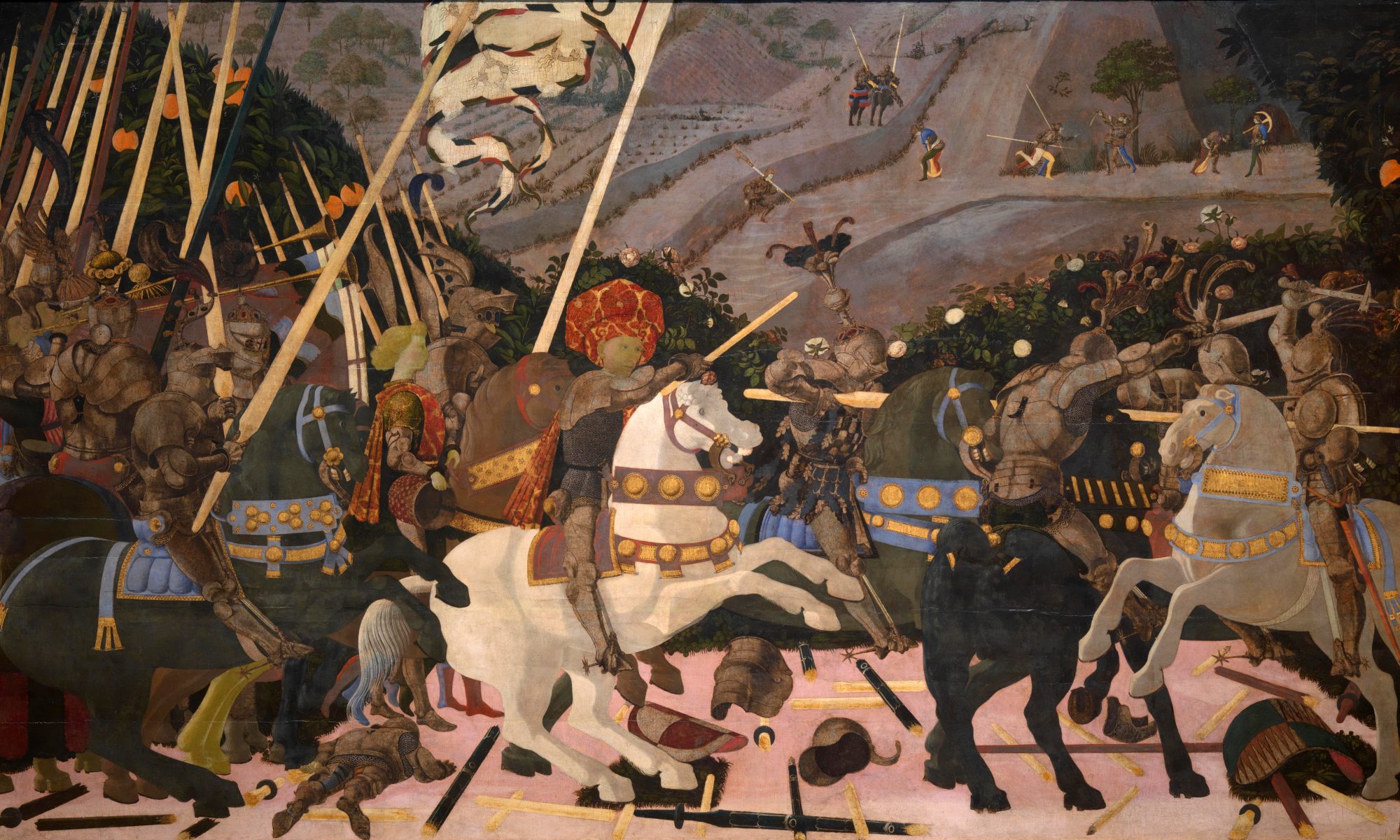
Author: David Smith
Illustrator: Graham Turner
Short code: CAM 292
Publication Date: 21 Apr 2016
ISBN: 9781472812858
Format: Paperback
Number of Pages: 96
http://www.amazon.co.uk/Camden-1780-annihilation-Gates-Campaign/dp/1472812859
The Battle of Camden occupies an odd place in the history of the American Revolution. It lies in a spot that is not difficult to scratch, but rather it lies in between places that draw more attention. After the drama of 1777 the intervening years between Valley Forge and Guilford Courthouse are never ignored but are understandably not something that many authors prioritise.
And why should they? Monmouth Courthouse was an instructive battle, but it achieved very little and was a stalemate. The low level fighting is difficult to incorporate into a narrative about big events. And the beginning of the Southern campaign was astonishingly successful for the British, which given their later total failure makes it a subject that is best covered as a prelude to the successes of General Greene, Morgan and Washington.
This book covers in pleasing Osprey detail the most successful British campaign of the war. The totality of the victory at Charleston and Waxhaws secured South Carolina at a stroke, and General Gate’s riposte ended in an equally telling defeat at Camden which left the entire south dangling by a thread. Yet there was hope, as the author shows us, while the British were effective at beating or destroying whatever field army they came across, and reducing whatever fort they besieged. They proved woefully ineffective at pacifying and securing their new conquest, this instability would lead to some unforeseen and costly choices that would effect the course of the war in America.
Because the battle of Camden was a simple affair deployment wise, and small by European standards, the 3D map seems almost like overkill, the one on the siege of Charleston is good, but I think putting the entrenchments and fortifications for both sides in red is a little confusing. 1D maps accompany to show geographic and campaign movements and in this book the art is supplied by Graham Turner.
Turner is best known for his work in the late medieval period, yet he has illustrated quite a few horse and musket books. Of late the American Wars have been a subject he has been able to return to a good few times, and in all of them he brings his trademark realism and skill. Here we have 3 full page spreads (some Don Troiani’s litter the rest of the pages) a simple composition showing an artillery officer viewing the bombardment of Charleston from the top of a gabion. A scene full of action, noise and movement depicting Banastre Tarleton’s horse going down during the decisive charge at Waxhaws. And a nice tight shot of the culminating action at Camden as De Kalb’s right flank Continentals become cut off and surrounded.
Topographical details of the battle are well covered by the author who seems to know his subject intimately. As is proper he treats Waxhaws as what it was, instead of the view presented by the one dimensional testimony of patriot propaganda, and is open minded about whether Tarleton could actually have done anything to control the battle after the order charge was given. By that token he does not outright condemn the almost pitiable General Gates, but sensitively shows us things from a contemporary perspective. Nevertheless while we can try to understand Gates’ motives, for the supposed victor of Saratoga, there is no real defence.
There is a very good further reading section which I have recently made use of and to sum up I was very satisfied with it and would definitely recommend it for those wishing to get some more detail on this grey area of the American Revolution. I can already say it compliments by ARW Osprey collection nicely and will serve as a good preface to their anticipated volume on the Battle of Cowpens.
Josh.



You must be logged in to post a comment.